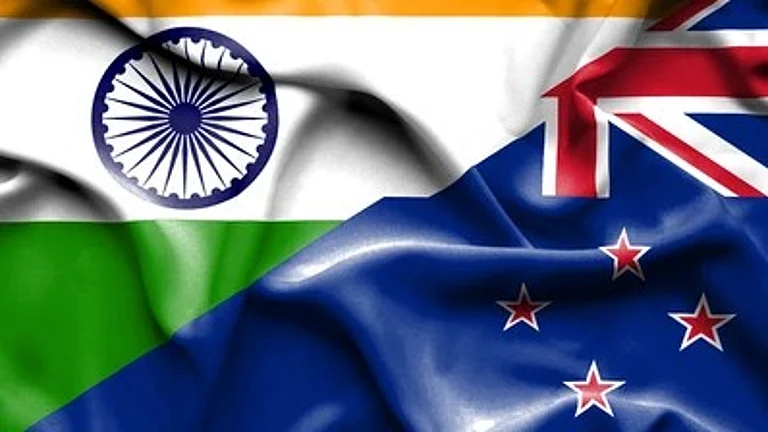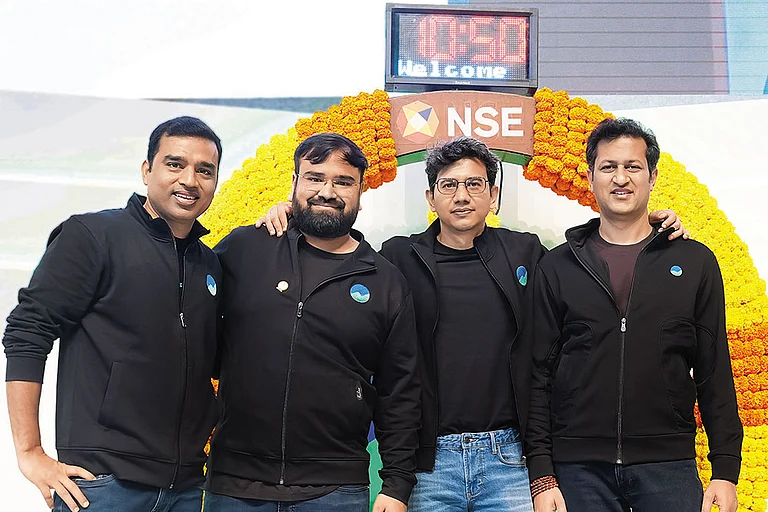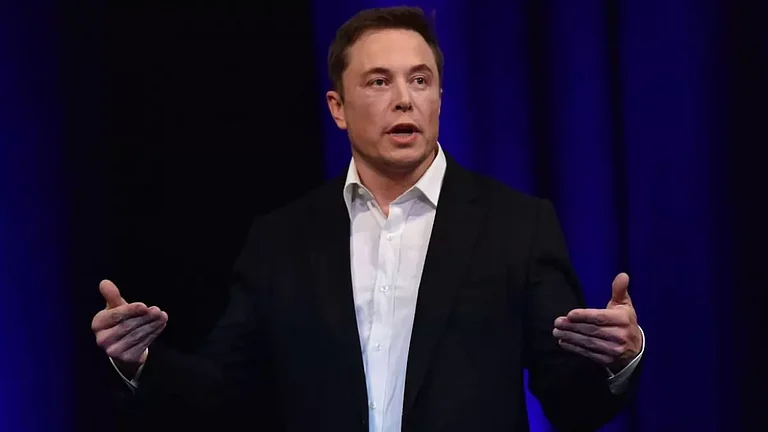The promise and charm of Elon Musk, the founder of US-based electric vehicle manufacturer Tesla, is evident from the fact that he can move just about anything in this world. From the valuation of start-ups to the price of cryptocurrencies and, now, even Indian politicians who want to take on the Centre.
Politicians from four opposition-ruled states recently took to Twitter to invite Tesla to their state boundaries.
“I invite @elonmusk, Punjab Model will create Ludhiana as hub for Electric Vehicles & Battery industry with time bound single window clearance for investment that brings new technology to Punjab, create green jobs, walking path of environment preservation & sustainable development,” tweeted Punjab Congress president, Navjot Singh Sidhu.
Sidhu’s tweet was a reply to a tweet by Musk, which itself was a response to an Indian Twitter user seeking an update on Tesla’s India launch. Musk had said: “Still working through a lot of challenges with the government,” referring to the Centre’s refusal to reduce import duties on electric cars.
The other ministers who have made similar overtures to Musk include Telangana’s industry and commerce minister K.T. Rama Rao, West Bengal minister Md Ghulam Rabbani and Maharashtra minister Jayant Patil. However, for now, the pep talk will be limited to Twitter. Under the Indian federal structure, none of the states have the right to bypass the Centre and invite a foreign company to set up shop in India.
But, the question is, will Musk actually feel the need to make in India even if the Narendra Modi government agrees to Musk’s demand for a reduction in import duty on electric vehicles (EVs)?

From Make in India to Import from China
Tesla has been at the forefront of the EV revolution in the world. Prime Minister Modi even visited the Tesla factory in Fremont, California, back in 2015. At that time, both India and China had invited Tesla to set up its first manufacturing plant outside of the US. The two neighbours have been trying to reduce carbon emissions from the automobile sector by creating an ecosystem for EVs. After showing initial interest in India, Musk eventually sealed an agreement with China to set up its factory in Shanghai in 2017. By October that year, the company had shelled out $140 million and purchased land on the outskirts of Shanghai. In January 2020, the first China-made Model 3 sedan was rolled out.
Soon after its decision to set up the factory in China, Musk’s India pitch changed, and he started demanding a tax relief on imports for his company to test the market. Reportedly, Musk also argued that India currently does not have the ecosystem to support its EV sales. There are analysts who agree with him. “If we want to create an EV ecosystem in India, it is important that we welcome the technology from outside and let domestic players compete. We need pro-market policies, such as lowering import tariffs, improving business environments and rationalising tax rates, rather than subsidies for a few players,” says Pranay Kotasthane, deputy director of The Takshashila Institution.
If India has to give in to Musk’s demands, it will have to do away with the current import duties—60% on EVs that cost $40,000 or less and 100% for those priced above that. Given Tesla’s pricing, its cars fall in the 100% import-duty bracket. That makes it difficult for the manufacturer to sell its cars in India on that price point.
EVs for the Rich
Tesla makes only high-end cars, and, even if India slashes import duty for the company, it will be catering to a very small section of the Indian car market. In 2018, 40,340 units of luxury cars (upwards of Rs 30 lakh) were sold by carmakers in India—the highest in the last decade. This number was less than 2% of the 22,18,549 passenger cars sold in the country that year. In the same year, China sold around 2.82 million cars just in the luxury segment, accounting for 13% of its total market. It is this market and not any kind of incentive that seems to have made Tesla choose China over India.
In India, the total penetration of EVs, currently, is around 1.3% of the total car market. For it to go up to 30% of the total cars sold in India by 2030, the companies that play in the small and mid-level car segments are the ones that need to be offered incentives, even for imports, as per the Centre’s target. The government has already announced production-linked incentive (PLI) schemes worth Rs 44,000 crore for the automobile and battery manufacturing space in the country.
If Tesla is allowed to sell its cars in India without having to set up its manufacturing plant here, it will go against the government’s logic of asking other companies to invest in India when they would be able to import and sell in India as well. It is interesting to note that China provides high incentives to manufacturers.
The key to India’s success in the automobile sector was making importing of cars completely unviable by imposing a very high level of import duty, points out Sugato Sen, former deputy director general of the Society of Indian Automobile Manufacturers. “To sell cars in India, every foreign automaker was required to set up its plant and manufacture here. To promote EVs, if we reduce import tariffs, it will be detrimental for the future of the car industry and Make in India policy,” Sen adds.
Kotasthane, however, is of a different opinion and feels that protectionism harms consumers. “They end up paying more, and it disincentivises domestic companies from becoming globally competitive. Raising import duties on final products is counterproductive,” he argues.
Apart from the PLI schemes, India has already reduced the GST levied on EVs to 5% as compared to the 43% imposed on the internal combustion engine (ICE) cars, making it lucrative for automobile players in the category to have a cost advantage over others in the market. Analysts like Kotasthane would want the government to give a similar advantage to the EV importer as well. But, doing that will be a bold step for the government. Since liberalisation, the automobile sector has been a high-growth area for India and has generated jobs that are difficult to create in other sectors. Incentivising imports over manufacturing in this sector will not directly benefit the traditional adversary China but also further create deficit between imports and exports in China’s favour. The government may feel that it is not just a debate around Tesla.































